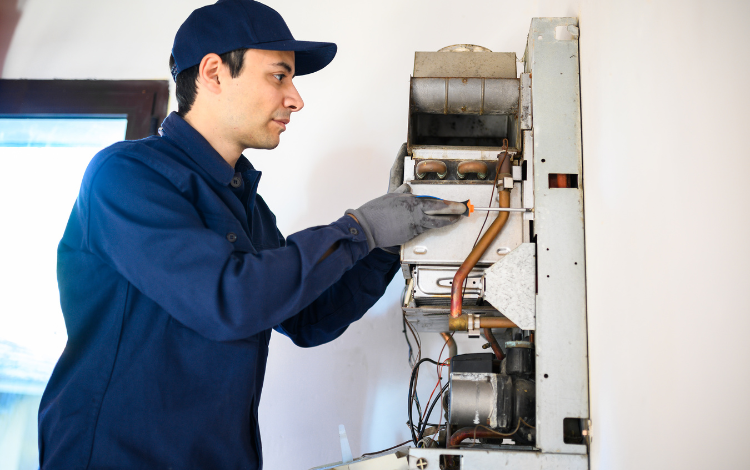How To Flush A Water Heater
In this article, we discuss how to flush heated water. A crucial housing device is the water heater. It provides hot water for bathing, showering, washing dishes, and other tasks. Over time, sediment can build up in the water heater, reducing its efficiency and lifespan. Flushing the water heater can help to remove this sediment and keep it running smoothly.
I hope this message finds you well. Thank you for your query regarding the proper procedure for flushing heat water. Performing a water heater clean is a crucial maintenance procedure that ensures your appliance’s efficient and safe operation while prolonging its lifespan. Below, I have outlined a comprehensive guide in a structured manner to assist you in successfully flushing your water heater.
How to flash water heater
Before initiating the flushing process, it is crucial to prepare adequately. Assembling the required equipment and supplies while making sure your safety is paramount.
- Materials and Tools Needed:
- Garden hose
- A bucket or drainage container
- A wrench
- Safety gloves and goggles
- Safety Precautions:
- Stop providing the water heater with gas or electricity.
- Allow the water heater to cool down for several hours to prevent scalding.

Here are the steps on how to flush a water heater:
- Turn off the water heater. You must turn off two valves: the cold-water supply and the hot-water outlet valves. The cold water supply valve is usually near the water heater, and the hot water outlet valve is generally near the faucet where the hot water comes out.
- Allow the water to cool. The water in the water heater will be hot, so allowing it to cool down before flushing is essential. Water will help to prevent burns.
- Locate the shutoff valve. The drain valve is situated at the base of the water heater. It is usually a tiny, round valve with a handle.
- To the drain valve, attach a garden hose. The garden hose will help to drain the water from the water heater.
- Open the drain valve. Open the drain valve gradually to let the water drain from the water heater.
- Flush the water heater. Once the water has drained out, turn on the cold water supply valve. Water will start the flushing process. Allow the water to run for a few minutes or until the water from the hose is clear.
- Close the drain valve. Once the flushing process is complete, close the drain valve.
- Turn on the hot water faucet. This will help to flush out any remaining sediment.
- Turn on the cold water supply valve. Valve will refill the water heater.
Draining the Tank
Now, let’s proceed with draining the water heater tank.
- Locate the Drain Valve:
- The drain valve is typically situated near the bottom of the water heater.
- Attach a Hose:
- To the drain valve, attach a garden hose, ensuring it is secure.
- Position the Bucket:
- Place a bucket or drainage container beneath the hose’s open end to collect the water and sediment.
- Open the Drain Valve:
- Using a wrench, gently turn the drain valve counterclockwise to open it. Be cautious, as hot water may initially flow out.
Flushing the Tank
Now that the tank drains, you can flush out the sediment buildup.
- Allow the Tank to Drain:
- Let the water drain completely from the tank, which may take some time.
- Flush with Cold Water:
- Cut the hose off and close the drain valve.
- Turn on the cold water supply to the water heater. This will help dislodge and flush out any remaining sediment within the tank.
- Repeat if Necessary:
- If the water runs murky, repeat the draining and flushing process until the water runs clear.
Final Steps
- Close the Drain Valve:
- Once the water is clear, firmly close the drain valve.
- Restore Power or Gas Supply:
- Turn the electricity or gas supply back on, following the manufacturer’s instructions.
- Check for Leaks:
- Inspect the connections for any leaks; if present, address them immediately.
- Monitor Performance:
- Monitor the water heater’s Performance to ensure it is functioning optimally.

Here are some additional tips for flushing a water heater:
- Wear old clothes and gloves when you are flushing the water heater. This will help to protect you from the hot water and any sediment that may be released.
- Be careful not to overfill the water heater. This can cause a safety hazard.
- If you have a gas water heater, turn off the gas supply before flushing.
- If you are not comfortable flushing the water heater yourself, you can hire a plumber to do it for you.
Here are some additional benefits of flushing your water heater:
- It can improve the taste of your hot water.
- It can reduce the risk of water heater fires.
- It can extend the lifespan of your water heater.
- It may help you save money on your energy expenses.
Conclusion
Flushing your water heater regularly is an essential maintenance task that can help to extend its life and improve its Performance. In this post we provide how to flush a water heater. Following these steps, you can quickly rinse your water heater and keep it running smoothly for years. The idea is to wash it as soon as possible. Flustering your water heater task is a relatively simple process that can save you time and money in the long run.
Writer
Tanvir Islam
Intern, Content Writing Department
Requin BD





1 Comments
KageSaili
November 18, 2024
Do I want to bet if it s sunny or cloudy where to buy priligy in malaysia